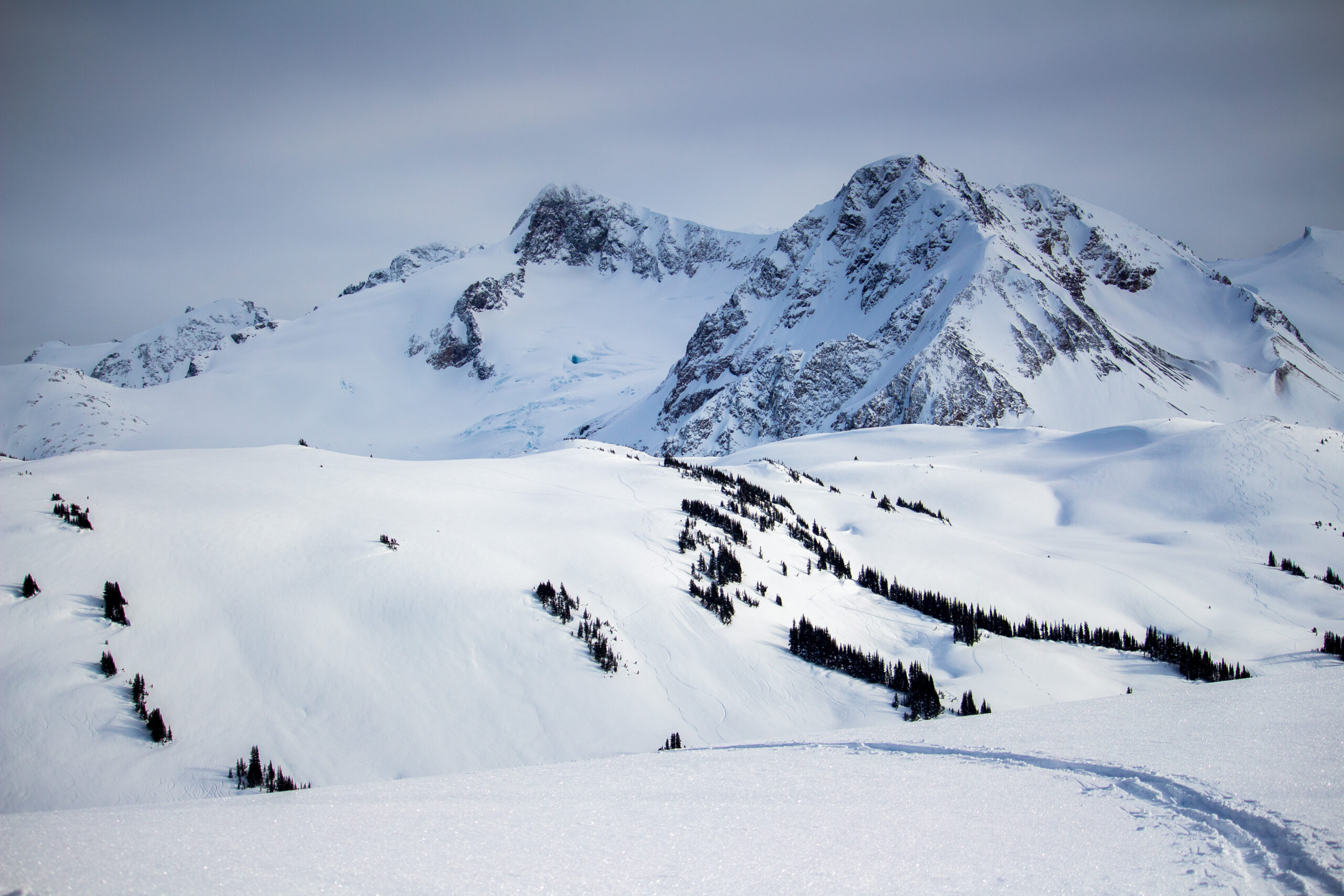Mastering Composition in Landscape Photography: Tips for Stunning Shots
Landscape photography is all about capturing the beauty and grandeur of the natural world. While having the right gear and waiting for the perfect light are crucial, mastering composition is what truly elevates your landscape shots. Here are some key composition tips to help you create stunning landscape photos.
1. Rule of Thirds
The rule of thirds is a fundamental guideline in landscape photography. Imagine dividing your frame into nine equal parts with two horizontal and two vertical lines. Place important elements like the horizon, mountains, or trees along these lines or at their intersections. This creates a balanced and naturally pleasing composition.
Tip: If the sky is particularly dramatic, place the horizon on the lower third. If the foreground is more interesting, place the horizon on the upper third.
2. Incorporate a Strong Foreground
A strong foreground element can add depth and scale to your landscape photos, drawing the viewer into the scene. Look for rocks, flowers, water, or other natural features to include in the foreground. This not only anchors the image but also provides a sense of scale, making distant elements like mountains or forests appear even more majestic.
Tip: Get low to the ground to emphasize the foreground and create a sense of depth.
3. Leading Lines
Leading lines are natural or man-made lines that guide the viewer’s eye through the photo towards the main subject. In landscapes, these could be rivers, paths, fences, or even shadows. When used effectively, leading lines can create a sense of depth and movement, making the image more engaging.
Tip: Position yourself so that the leading lines draw the eye from the foreground to the background, creating a journey through the photo.
4. Use Natural Frames
Framing your landscape shot with natural elements like trees, archways, or rocks can focus attention on the main subject and add depth to the image. This technique creates a visual boundary around the scene, drawing the viewer’s eye towards the center of interest.
Tip: Move around your scene to find natural frames that enhance the composition without distracting from the main subject.
5. Embrace Negative Space
Negative space refers to the empty or unoccupied areas in your photo. In landscape photography, vast skies, open fields, or large bodies of water can serve as negative space. This technique simplifies your composition, emphasizes the main subject, and can evoke a sense of isolation or tranquility.
Tip: Don’t be afraid to leave large areas of your frame empty if it enhances the overall mood of the scene.
6. Focus on Symmetry and Patterns
Symmetry can be powerful in landscape photography, especially in scenes with reflections in water, such as lakes or rivers. Patterns, whether in the form of repeating elements like rows of trees or waves in the sand, add visual interest and rhythm to your composition.
Tip: For symmetrical compositions, align the horizon perfectly in the middle of the frame to create a mirror effect.
7. Golden Ratio and Fibonacci Spiral
While more advanced, the golden ratio and Fibonacci spiral can lead to naturally pleasing compositions. These mathematical principles are often found in nature and can be applied by positioning key elements of your landscape photo along the spiral or ratio lines.
Tip: Many post-processing tools offer overlays that help you apply the golden ratio or Fibonacci spiral when cropping or composing your shots.
8. Shoot in Different Orientations
While landscape photography is often done in a horizontal (landscape) orientation, don’t overlook the potential of vertical (portrait) shots. Vertical compositions can emphasize height and depth, especially in scenes with tall trees, waterfalls, or mountains.
Tip: Consider shooting the same scene in both orientations to see which best captures the essence of the landscape.
9. Use Layers to Add Depth
Layers in landscape photography refer to different elements at varying distances within the frame—such as a foreground, middle ground, and background. Layering creates a sense of depth and helps convey the vastness of the scene.
Tip: Include elements like rocks, vegetation, and mountains at different distances from the camera to create a layered effect.
10. Consider the Light
Composition is closely tied to the quality of light. The golden hour—just after sunrise and before sunset—offers soft, warm light that enhances textures and colors in your landscape. Pay attention to how the light interacts with the elements in your frame and use it to guide your composition.
Tip: Position yourself so the light falls from the side, creating shadows that add depth and dimension to your photo.
Final Thoughts
Composition is the backbone of great landscape photography. By applying these tips, you can create photos that not only capture the beauty of the landscape but also tell a story and evoke emotion. Remember, while these guidelines are valuable, the best compositions often come from experimentation and trusting your creative instincts. So get out there, explore different perspectives, and have fun with your landscape photography!


